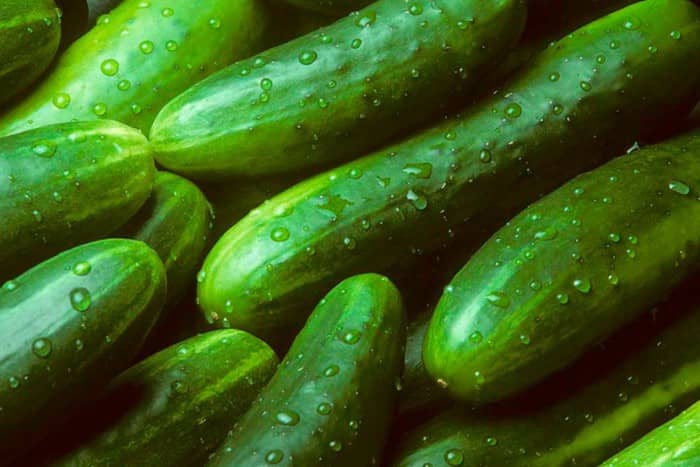Cucumber myths and what science says about it
Cucumber is a staple food in Mexican cuisine about which there are several myths; therefore, Gustavo González Aguilar, a researcher at the Center for Research in Food and Development (CIAD), will tell us what science has to say about it.

The cucumber is a basic food in Mexican cuisine about which there are several myths; therefore, Gustavo González Aguilar, a researcher at the Food and Development Research Center (CIAD), will tell us what science says about it.
Cutting the edges and scrubbing it?
One of the most deeply rooted beliefs regarding cucumber consumption is that, in order to prevent it from tasting bitter, both ends must be cut off and rubbed against the edges of the fruit. Plants belonging to the cucurbit family, such as melon, zucchini, watermelon, pumpkin, and cucumber, synthesize metabolites called cucurbitacins (those responsible for the bitter taste). These work as a defense against pests.
As the fruit ripens, the concentration of cucurbitacins decreases; for this reason, as long as ripe fruit is chosen, the possibility of it having a bitter taste is less. Therefore, it does not affect whether or not the cut ends of the cucumber are rubbed to remove that bitter taste.
What about eating the edges?
The concentration of cucurbitacin C varies depending on the tissue of the plant; that is, whether it's leaves, stem, or fruit. Most of this metabolite is concentrated at the end of the cucumber stem and the edges of the fruit, so they taste more bitter, which explains the common practice of cutting off the edges. However, despite the fact that the taste may be a little unpleasant, its consumption does not represent any risk to health, as some studies have even shown that it has anti-tumor potential.
What to do with the peels?
It is believed that cucumber peel should be avoided, but it is safe to eat, as long as it is thoroughly washed to eliminate the presence of pathogenic bacteria, or if a health authority has issued an outbreak alert for Salmonella or E. coli; in this situation, it is better not to eat it until the relevant agencies indicate that the affected lot has been removed from the supermarket. Therefore, it is recommended that you try to consume the peel of fresh or fermented cucumbers (pickles), as this is a rich source of chlorophyll and other antioxidant compounds such as flavonoids and fiber.
Is eating the seeds harmful?
As with the peel, there is no health risk from eating cucumber seeds. The seeds may taste bitter when the fruit is not fully ripe. Cucumber seeds are commonly used in the folk medicine of India and China as antidiarrheals and diuretics. In addition, some studies have shown that they possess bioactive compounds with antioxidant and anti-cancer activity. The seeds can also be used to make skin ointments.
Is it an "empty" food?
It is popularly believed that cucumber "is pure water" and not at all nutritious, and although it is true that it has a high quantity of this, it is precisely this condition that makes it an excellent option to be integrated into the diet, in order to stay well hydrated; furthermore, its low caloric intake and reduced carbohydrate content helps to control body weight. Also, its consumption provides minerals such as potassium, as well as some vitamins in small amounts, such as vitamins K, C, A, E, and some of the B group. It has also been associated, mainly, with great benefits in the care of the skin, hair, bones, and immune system.
By Gustavo González Aguilar, CIAD researcher, and Ramón Pacheco Ordaz and Alejandra Preciado Saldaña, CIAD PhD students.




